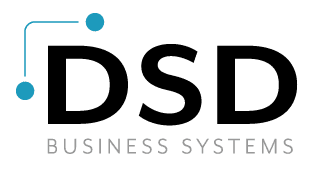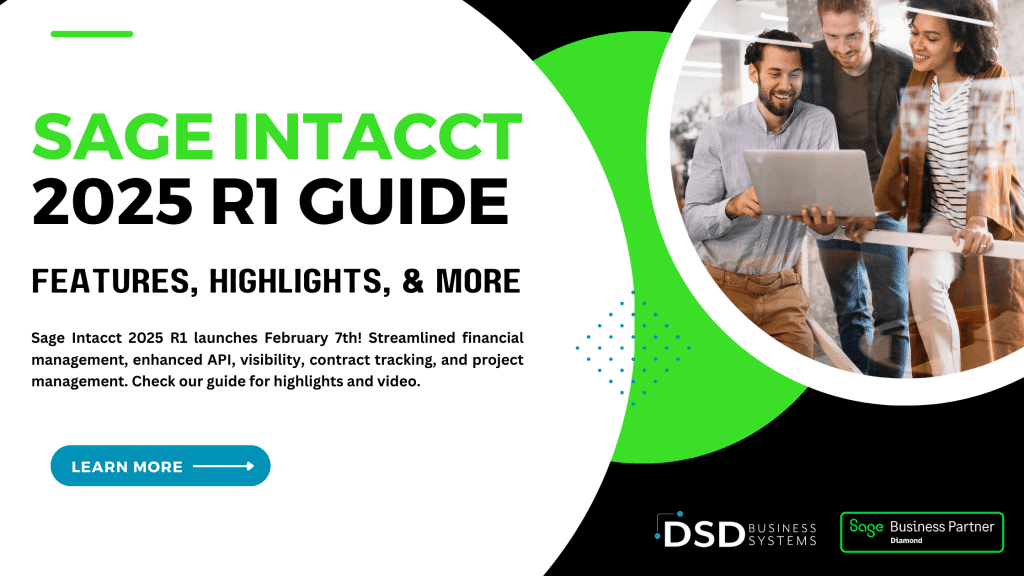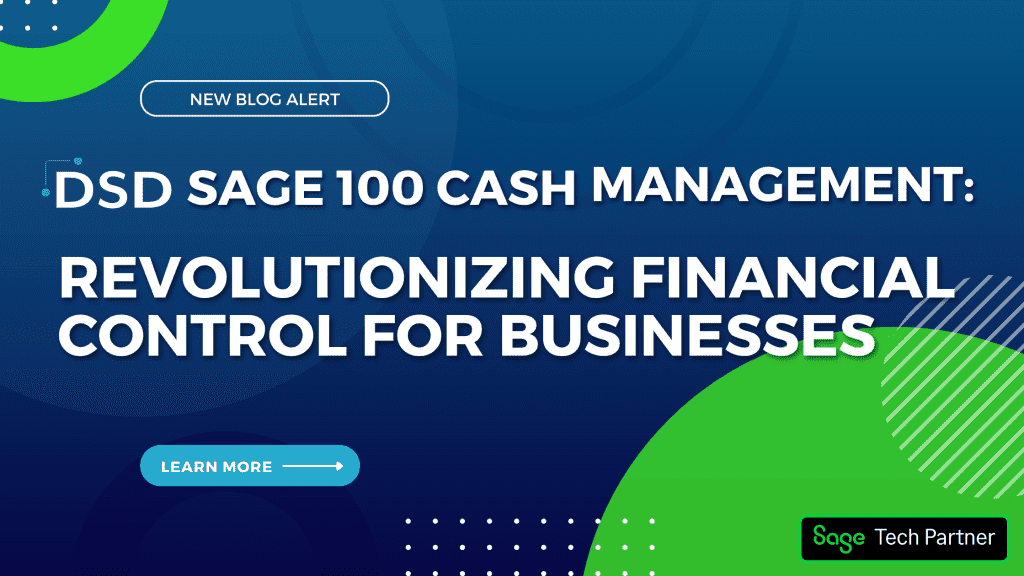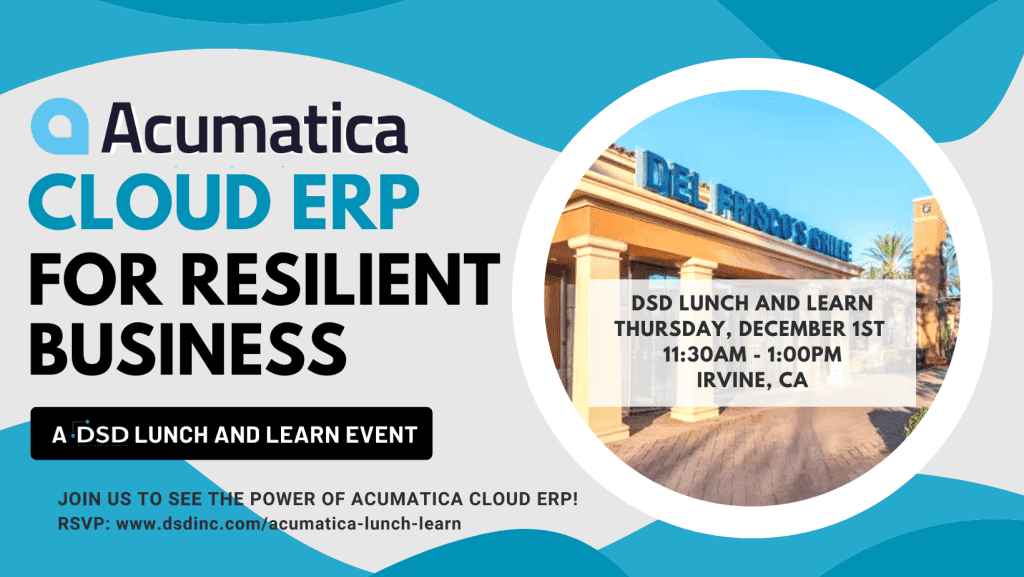6 Ways HR Teams are Emergency Ready Thanks to Using the Right HRIS
May 21, 2020
An effective HRIS is always valuable, but never more than during an emergency.
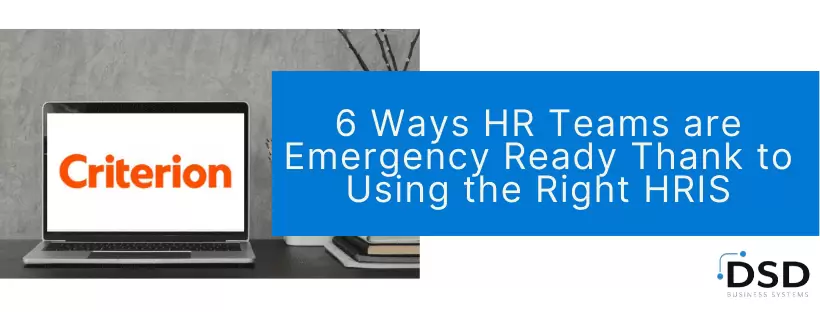
The right HRIS streamlines business-as-usual – so when business is very far from usual, HR has the bandwidth to adapt. In that sense, the right HRIS is a success lever – and a crisis mitigator.
Let’s dig into the six ways a good HRIS helps HR teams handle emergencies more effectively.
Improves emergency communication
Communicating well with your workforce is always important, but it’s business-critical during an emergency
Right now, many employees are anxious and stressed. They’re worried about getting sick; worried about paying the bills and feeding their family; worried about their long-term career prospects in case redundancies are on the horizon.
Confusion and uncertainty only exacerbate the situation – and have a long-term impact on business performance, as well as employee health and wellbeing. HR teams must be able to distribute the right information to the right people, fast.
Criterion HCM’s employee self-service dashboard makes creating and distributing emergency communication simple. Employees log-in – from their phone or browser – and see a real-time multimedia feed.
HR sets the information that appears on the feed – including both internal or external content, like the CDC video above and the external links on the left-hand side.
HR can deliver information across the entire workforce or segment information by employee group, with one click. So you can target and personalize your emergency communications to provide the right support to the right people.
E.g. you have the ability to share mental health support with all employees but only share support around leading a remote team with managers.
Employee groups are extensively configurable, allowing cross-referencing against your employee database for advanced segmentation.
- Distribute comms only to employees who fall into high-risk groups,
- Or employees who’re caring for children
- Or employees who’ve logged time in an office that’s since had someone get sick
During an emergency, the onus is on HR teams to ensure fast, trustworthy communication that addresses the fears and eases the anxieties of the workforce. The right HRIS makes that easy.
Delivers timely L&D content to close new skills gaps
In 2018 ATD found 57% of businesses believed the skills of their workforce didn’t match changes in company strategy, goals, markets, or business models.
That’s a major skills gap. And during an emergency, the gap only stands to widen, as the way you do business and the way your employees work changes.
Right now, many global businesses are operating remotely. Employees are having to learn new ways of working and managing, often while battling new demands on their time, like childcare.
In an emergency, it’s critical that HR support employees maintain productivity and performance, despite new challenges. Especially when there’s no certain timescale for how long these changes might last. Businesses can’t afford to hit pause on productivity, whatever’s happened.
Using an HRIS with advanced learning and development functionality – like Criterion HCM – means you can assign and deliver learning modules that help employees adapt.
E.g., you could use Criterion HCM to automatically enroll all managers in a module on remote leadership, to complete within one week. Or you might automatically enroll one department into training for a new piece of work-from-home tech.
Criterion automatically tracks who’s completed assigned training, reminds anyone who hasn’t, then escalates according to your chosen workflow if needed.
E.g. if Mike misses the training deadline and ignores an email and SMS reminder, you might set a workflow to message Mike’s manager, who’ll talk to Mike personally.
If the disruption continues long-term, effective learning management capabilities support smarter strategic workforce planning, highlighting skills gaps, and helping the business pivot.
An advanced HRIS makes your business flexible, so you can adapt to change at a faster pace. That’s a business-critical emergency response capability.
Empowers employees with self service support
During an emergency, employees typically have loads more questions than normal. Questions like:
- What’s the company policy on redundancies?
- What sick pay am I entitled to?
- How is the company performing during the crisis?
- Are my colleagues safe and healthy?
Problems arise due to HR having way more on their plate than normal. During an emergency, the situation often evolves on a near-moment-by-moment basis, and everyone’s scrambling to keep up. HR has less bandwidth than ever to answer employee questions and provide support – but providing support is more important than ever. An effective HRIS solves the problem, by allowing employees to self-serve information. That way, they can answer their own questions without needing HR support.
Criterion HCM, for example, acts as a resource hub that’s completely customizable by an employee or employee group.
For instance, say you’re offering front-line workers a 10% increase in standard sick pay. Any front-line worker would automatically see the relevant sick-pay information for them, but non-front-line workers would see the standard information.
HR can tag resources – like COVID19, above – so employees can easily find what they’re looking for. This improves employee engagement and, in turn, frees HR to spend time on the million-and-one other things on your to-do during a crisis.
During an emergency, some employees will probably need more support than others, like extra manager check-ins or mental health support. In an ideal world, you’d offer a high-touch experience to everyone – but the reality is, you’re unlikely to have the bandwidth. The right HRIS helps you gather employee feedback fast, to identify the people who need extra support so you can prioritize action where it’s needed most.
Criterion HCM is able to issue an engagement survey to employees (or any employee groups) and then escalate worrying scores to the appropriate managers, who could then organize one-to-ones.
That way, you can focus on giving support to the most at-risk employees for low engagement, stopping the problem in its tracks before it becomes unmanageable.
Creates a trustworthy emergency notification system
When disaster strikes, HR must quickly ascertain which employees are safe, provide targeted support to those at risk, and monitor the ongoing safety of the workforce.
To do that, you need a reliable database of up-to-date employee information, so you know who’s worked and traveled where, who lives where, and what family situation people are in.
That’s a huge task when you’ve got multiple offices and a dispersed workforce, especially if people travel between locations. But an effective HRIS should make collecting and updating that information easier.
Criterion HCM has many features that support emergency HR response. For instance, you can issue employees with a disaster planning form and automatically prompt them to review their details regularly. Employee self-service means employees can edit their data anytime too. That should mean you have everything you need if an emergency happens – but you can add extra emergency questions easily too, with automated delivery.
So right now, you could simply add a business-wide notification for all employees to review their emergency data ASAP. That notification would appear on all employees’ feeds, and they’d get an email or SMS note too. HR administrators would then get a notification when they’d completed the task.
No chasing forms or collecting paperwork.
The right HRIS should also give you a comprehensive real-time picture of where your employees have been working and even if that’s across multiple offices in multiple locations. That single source of truth allows HR to understand where your highest risk employees are – so you can support them appropriately.
For example, you could identify employees who’ve worked in areas with high rates of infection in the last month, either via their timeclocks or via on-the-go geofencing location control from mobile. You could use this insight to support a phased approach to remote working, asking highest-risk employees to work-from-home first.
Empowers HR to deliver strategic business insight
During an emergency, HR has more responsibility than ever to step into a strategic advisory role, driving performance by delivering immediate insight. To that end, a best-in-class HRIS should provide robust but easy-to-use analytics, so HR has birds’ eye visibility that informs better decision-making.
Ask and answer questions like,
- How have your training costs changed?
- What’s happening to engagement at business-, office- and role-level?
- Where could you reallocate the budget without impacting delivery?
- How is productivity changing?
- Where could you reassign employees?
Information is power – and that’s especially true during an emergency
An emergency shines a light on business-as-usual inefficiencies – inefficiencies that suddenly might prove an immediate threat to survival. The right HRIS streamlines those inefficiencies, allowing HR to respond and adapt faster. Right when it matters most. Criterion HCM is comprehensive, modern HCM software for the mid-market.
Interested in Criterion HCM?
Schedule a brief demo to experience the software for yourself:
